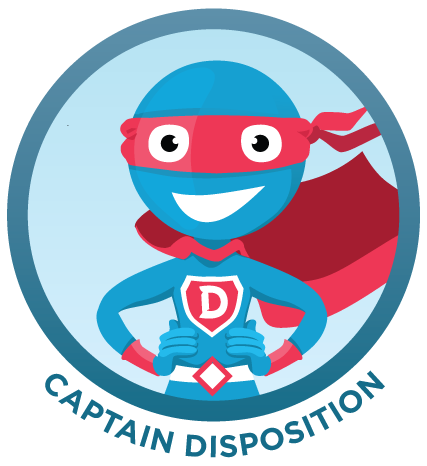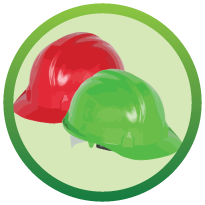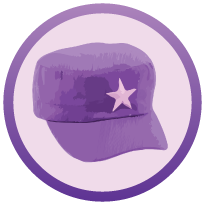The 3 Steps TO achieving CCT CAPABILITY
We took something complex and made it simple!
1
DISPOSITIONS
"a person's inherent qualities of mind and character." (ACARA)
The student must be WILLING otherwise the rest is a waste of time.
2
SKILLS
"the ability to do something well; expertise." (ACARA)
The student needs to be ABLE.
3
STRATEGIES & TOOLS
"a plan of action designed to achieve a long-term or overall aim." (ACARA)
The student needs to be EQUIPPED.



















